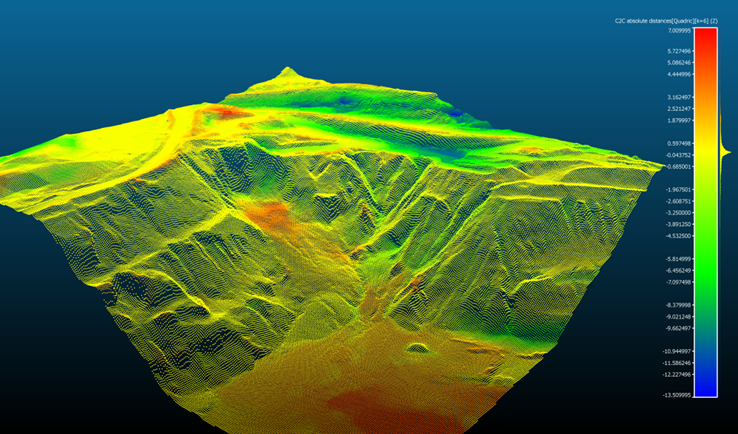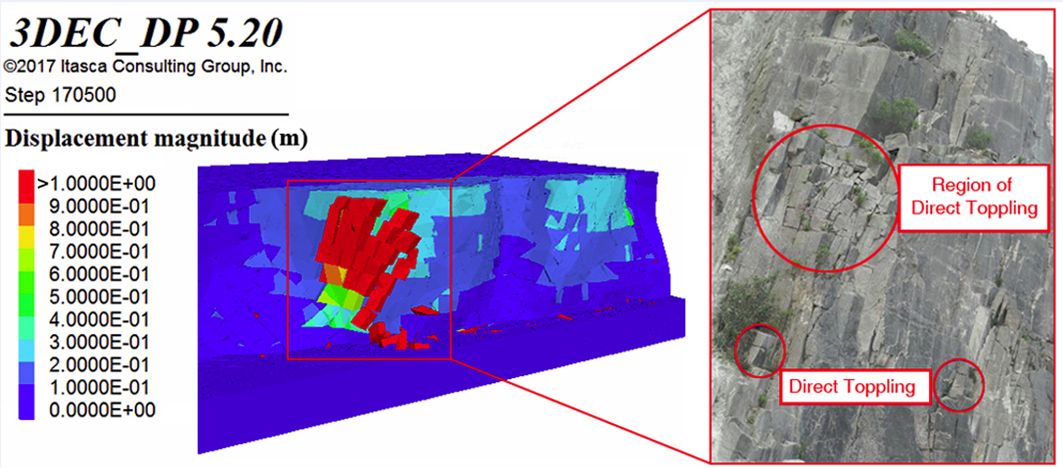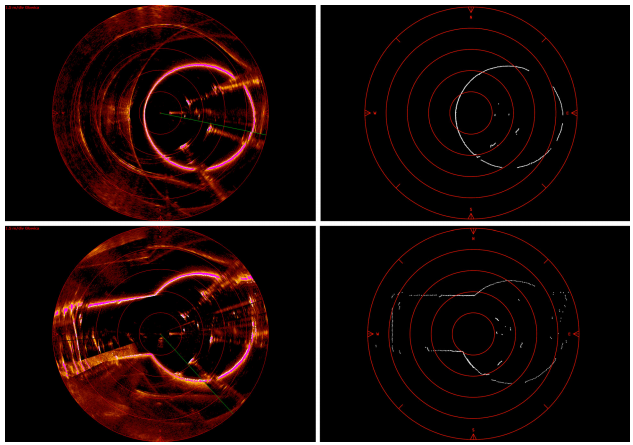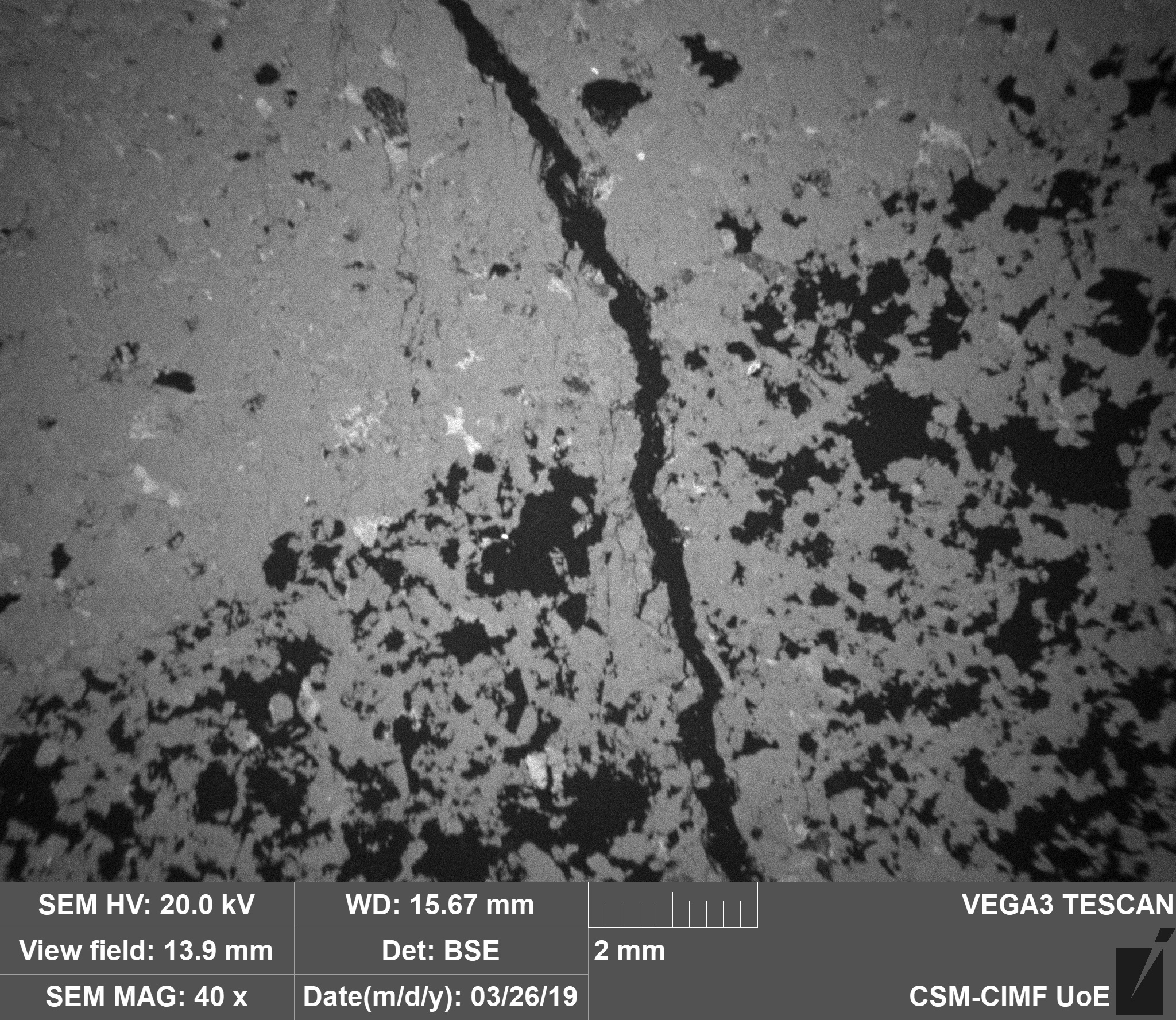Profile
Prof John Coggan
Research
RESEARCH INTERESTS:
My research interests include novel application of state-of-the-art numerical modelling software for evaluation of stress redistribution around both surface and underground excavations, characterization of rock failure and fracturing, and how this can be incorporated into excavation design and simulation of rock mass behaviour. This includes integration of numerical modelling of fractured rock masses with use of both photogrammetry and laser scanning to remotely capture geometry and geotechnical data for innovative three-dimensional modelling of complex slope instability, modelling stress redistribution around both surface and underground excavations, rock failure and fracturing, and how this can be incorporated into mine design. Recent projects undertaken include discrete fracture network modelling, development of risk assessment methodology for coastal landsliding, modelling of three-dimensional stress redistribution around tunnel face-ends, investigation of factors influencing underground roadway stability under high stress conditions, laboratory investigation into the Kaiser effect, stress induced damage, brittle failure and laboratory evaluation of the effects of mineralogy on the engineering behaviour of altered granites.
RECENT/CURRENT RESEARCH GRANTS:
SLOPES (Smarter Lignite Open Pit Engineering Solutions):
The SLOPES RFCS-funded project brings together experts from across Europe to advance the current technology and methodologies applied to monitoring and risk analysis of slopes within open pit lignite mines. Modern techniques which aim to overcome the challenges of monitoring within open pit mines will be deployed and tested within real mines and results will be compared against physical model tests as well as rigorous numerical modelling. A reliability-based method for the evaluation of risks will be developed based on monitoring and modelling results which will provide significant benefits to design optimisation and decision support within real open-pit lignite mines.

Use of CloudCompare software to highlight regions of loss and accumulation on a slope (blue = loss, red = accumulation)

Use of 3DEC sofware to model direct toppling failure of a slope
STAMS (Long-term STability Assessment and Monitoring of flooded Shafts):
The need for continuous assessment and monitoring of the stability of abandoned shafts will increase in the following years. Different technologies and solutions have been developed to monitor and assess their long-term stability conditions in order to prevent costly collapses. However, given the technical difficulties, most of them have been used only in the non-flooded sections. The objective of the STAMS RFCS-funded project is to implement these technologies in underwater conditions, to integrate them into multifunctional monitoring and inspection modules, and to design permanently installed sensors, to guarantee periodic and long-term continuous monitoring and condition assessment of flooded mine shafts.

Example profile images obtained from the Multifunctional Monitoring Module (MMM) developed as part of the EU-funded RFCS project STAMS
PRASS (PRoductivity and sAfety of Shield Support):
The objectives of the PRASS RFCS-funded project are to improve the shield support monitoring system and develop enhanced methods of shield support operation in order to improve the safety and productivity in the coal mining industry. This will involve the University of Exeter undertaking brittle failure and rock fracture testing and numerical modelling of cave simulation.

Scanning Electron Microscope image of observed failure under uniaxial compression of a Coal Measures sandstone sample from Poland
